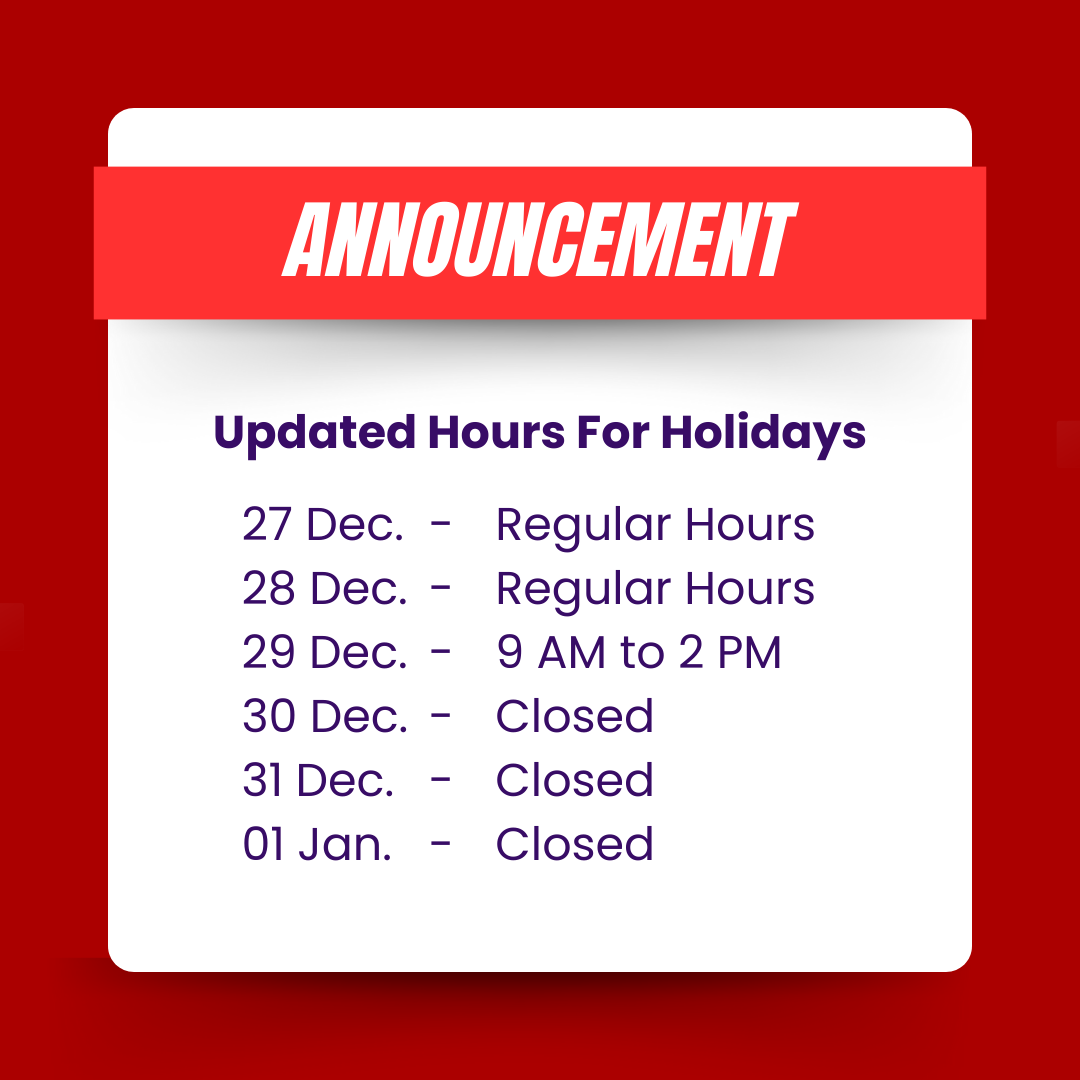Embarking on the thrilling journey of riding a motorcycle through the scenic landscapes of Ontario requires more than just a passion for the open road; it demands a proper license. Whether you’re a seasoned rider or a novice eager to experience the freedom of two wheels, obtaining a motorcycle license in Ontario is a vital step towards safe and legal riding. In this comprehensive guide, we’ll navigate through the intricacies of the licensing process, ensuring you’re equipped with the knowledge and confidence to hit the road responsibly. Ready to hit the open road? Don’t forget to protect your ride! Learn more about motorcycle insurance options in Ontario today.
Understanding Ontario’s Motorcycle License Classes
In Ontario, motorcycle licenses are categorized into various classes, each representing different levels of riding proficiency and permitted vehicle types. The three primary classes are M1, M2, and M. The M1 license is the initial stage, allowing you to practice riding under specific conditions. Moving up to an M2 license grants more riding privileges, while the full M license signifies unrestricted motorcycle operation.
Eligibility Requirements
Before diving into the licensing process, it’s crucial to ensure you meet Ontario’s eligibility criteria. To apply for an M1 license, you must be at least 16 years old, complete a vision test, and pass a written knowledge exam on traffic rules and motorcycle operation. Additionally, individuals under 18 years old must obtain parental consent to acquire their M1 license.
Obtaining an M1 License
Securing your M1 license is the initial step towards realizing your motorcycle dreams. To begin, visit a Drive Test Centre or authorized licensing office and bring identification documents, such as a birth certificate or passport, to verify your identity and age. Upon successfully passing the vision test and written knowledge exam, you’ll receive your M1 license, valid for 90 days.
M1 License Restrictions and Limitations
While holding an M1 license, riders must adhere to specific restrictions and limitations to ensure safety on the road. These include refraining from riding during nighttime hours, on 400-series highways, and while carrying passengers. It’s essential to familiarize yourself with these restrictions to avoid potential penalties and ensure a smooth progression towards your M2 license.
Transitioning to an M2 License
After holding your M1 license for at least 60 days, you’re eligible to upgrade to an M2 license by completing a motorcycle safety course or passing a road test. Enrolling in a Ministry-approved training program not only enhances your riding skills but also expedites the licensing process, allowing you to bypass the road test requirement.
The Motorcycle Safety Course
Enrolling in a motorcycle safety course is highly recommended for riders seeking to obtain their M2 license. These comprehensive training programs combine classroom instruction with practical riding exercises, equipping participants with essential knowledge and skills to navigate various road scenarios safely. Upon successful course completion, you’ll receive a certificate that waives the M2 road test requirement.
Passing the M2 Road Test
If you opt not to enroll in a motorcycle safety course, you’ll need to pass the M2 road test to upgrade your license. The road test evaluates your ability to perform basic motorcycle maneuvers, follow traffic laws, and demonstrate safe riding practices. It’s essential to practice extensively and familiarize yourself with the test requirements to maximize your chances of success.
Progressing to an M License
Once you’ve held your M2 license for a minimum of 18 months and successfully completed an advanced road test, you’ll qualify for a full M license. The advanced road test assesses your proficiency in more challenging riding scenarios, including highway riding, emergency maneuvers, and navigating complex intersections. Upon obtaining your M license, you’ll enjoy unrestricted motorcycle operation, granting you the freedom to explore Ontario’s roads to the fullest.
Conclusion
Obtaining a motorcycle license in Ontario is a milestone that opens the door to exhilarating adventures and unforgettable experiences on two wheels. By understanding the licensing process, fulfilling eligibility requirements, and honing your riding skills through training and practice, you’ll embark on your motorcycle journey with confidence and responsibility.
Whether you’re cruising through urban streets or conquering scenic highways, safe and skilled riding remains paramount. So gear up, obey the rules of the road, and embrace the thrill of motorcycle ownership in Ontario. Gear up for the ride of your life! Ensure you’re fully covered with the right motorcycle insurance policy. Find out more now.







